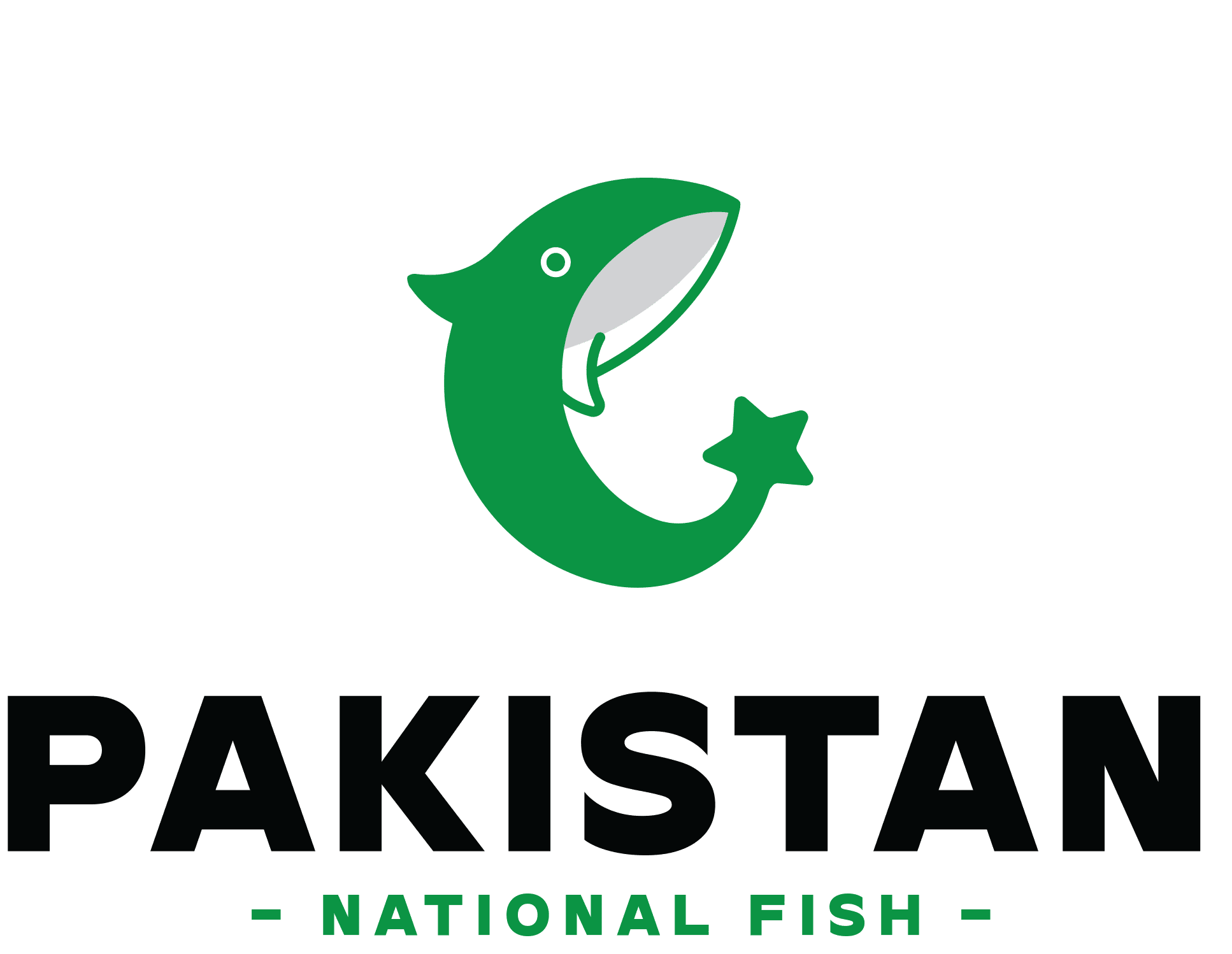Fish in Pakistan holds a revered status, cherished for its cultural significance and as a staple dish. With diverse aquatic ecosystems and a rich array of fish species, fish in Pakistan stands as a haven for enthusiasts of this beloved seafood.
Fish is a symbol of Pakistan’s rich culinary diversity and cultural heritage, whether you’re savoring freshwater delicacies by a serene riverbank or the saline richness of seafood by the Arabian Sea. It reflects the love of food among the populace and the abundant natural resources Pakistan’s rivers provide.
Due to its abundant aquatic resources, Pakistan provides various fish species from freshwater rivers and the ocean. Both residents and seafood lovers appreciate numerous delicious types of fish in Pakistan, and they play a significant part in the country’s cuisine and economy.

Freshwater Fish in Pakistan
1. Rohu (Rui)
2. Neelum Valley Trout
3. Mrigal (Mori)
Marine Fish in Pakistan
1. Pomfret (Pabda):
2. Catfish (Sighara):
3. (Neelum Valley Trout) Trout:
4. Red Snapper (Sankara):
5. Mackerel (Bangada):
The Versatility of Pakistani Seafood Cuisine
Fish in Pakistan is not only diverse in species but also in how it is prepared. From traditional curries to modern grilled dishes, fish is an integral part of the country’s culinary repertoire. Coastal regions are known for their spicy fish dishes, while inland areas often favour grilled or fried fish served with rice or flatbreads. Whether it’s tandoori fish, biryani, or a simple fried fish fillet, seafood continues to play a central role in the kitchens of Pakistan.
Dishes like Karahi Fish or Fish Biryani showcase how fish can be used in vibrant, aromatic preparations. In urban areas, seafood restaurants offer a wide variety of fish dishes, including grilled prawns, fried calamari, and seafood platters that reflect the evolving tastes of modern Pakistani cuisine.
Environmental Protection and Sustainability
As Pakistan continues to rely on its aquatic resources, there is an increasing awareness of the need for sustainable fishing practices. Overfishing and environmental degradation pose threats to fish populations, but efforts are being made to address these challenges. Conservation programs are being implemented to protect endangered species and promote responsible fishing methods that preserve the balance of marine and freshwater ecosystems.
Sustainable fishing is crucial not only for protecting biodiversity but also for ensuring that future generations can continue to enjoy the country’s rich seafood heritage. Fishermen, local authorities, and environmental organizations are working together to raise awareness about the importance of protecting aquatic resources.
CONCLUSION:
Fish in Pakistan is more than just a culinary delight—it is a symbol of the country’s natural abundance and cultural diversity. From the rivers of the north to the southern seas, fish has been a cherished part of Pakistani cuisine for centuries. Whether it’s the freshwater joy of Rohu or the oceanic marvel of Red Snapper, the variety of fish available offers a unique gastronomic experience that is both satisfying and deeply rooted in tradition.
As Pakistan continues to embrace sustainable fishing practices, the future looks bright for the country’s aquatic treasures. Fish will undoubtedly remain a staple of Pakistani culture, reflecting the nation’s strong connection to its natural resources and culinary heritage. So whether you’re a seafood aficionado or someone exploring the rich flavours of Pakistani cuisine, the fish of Pakistan is sure to leave a lasting impression.


